In the ever-evolving world of web development, selecting the right backend coding language is crucial for creating efficient, scalable, and maintainable applications. The backend, often referred to as the server-side, is the backbone of any application, responsible for database interactions, server logic, authentication, and much more. This article delves into the best backend coding languages available, exploring their unique features, advantages, and ideal use cases.
What Backend Development Is?
Backend development, also known as server-side development, involves the creation and management of the technology that powers the components of a website or application that users do not see directly. Unlike frontend development, which focuses on the user interface and experience, backend development ensures that the application works seamlessly, efficiently processes requests, and delivers data to the frontend.
Key responsibilities of backend development include:
- Database Management: Handling the storage, retrieval, and manipulation of data.
- Server Logic: Implementing the core functionality and business logic of the application.
- Authentication and Authorization: Ensuring secure access to resources and data.
- API Integrations: Connecting with third-party services and other applications.
- Performance Optimization: Ensuring the application runs smoothly under various loads.
Criteria for Selecting a Backend Language
Choosing the right backend language depends on several factors. Here are some key criteria to consider:
- Performance: How efficiently the language executes operations.
- Scalability: The language’s ability to handle increasing loads and expand functionality.
- Community and Support: Availability of resources, libraries, frameworks, and community support.
- Ease of Learning and Use: How easy it is to learn and implement the language.
- Security: The ability to build secure applications and mitigate vulnerabilities.
- Ecosystem: The availability of tools, libraries, and frameworks that enhance development.
- Compatibility: How well the language integrates with other technologies and platforms.
Top Programming Languages
Best Backend Coding Languages
When it comes to selecting the best backend coding languages for web development, several options stand out for their versatility, performance, and community support. Backend coding languages play a crucial role in managing server-side operations, handling database interactions, and ensuring the smooth functioning of web applications. Among the top contenders in this realm are:
- JavaScript
- Java
- Python
- PHP
- Golang
- Ruby
- C#
- Rust
JavaScript
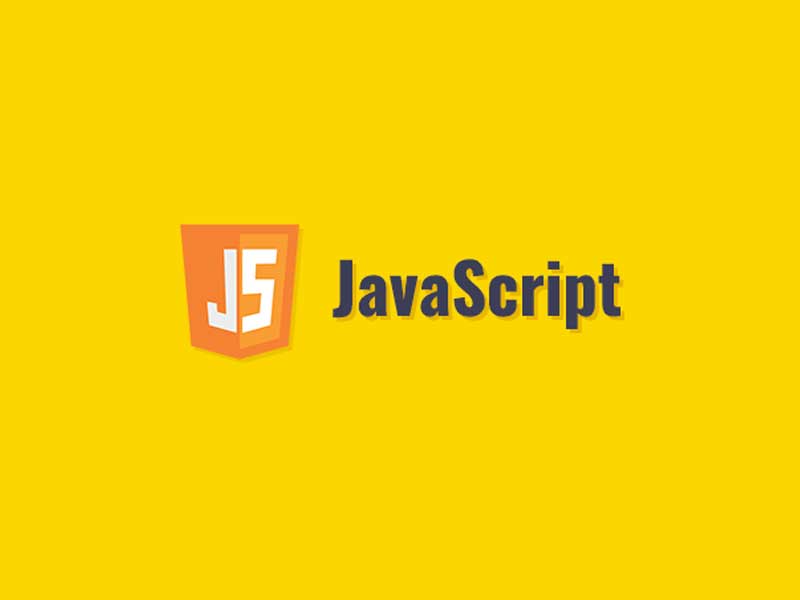
Introduction
JavaScript, often associated with frontend development, has also become a powerhouse in backend development with the advent of JavaScript framework Node.js. Node.js is a runtime environment that allows JavaScript to run on the server side, making it possible to build entire applications using a single language for both frontend and backend.
Key Features
- Event-Driven Architecture: Handles multiple connections simultaneously using non-blocking, asynchronous I/O.
- Single Language for Full Stack: Enables developers to use JavaScript on both the client and server sides.
- Large Ecosystem: A vast array of libraries and frameworks, such as Express.js, for building robust applications.
Advantages
- High Performance: Thanks to the V8 engine, Node.js offers impressive speed and performance.
- Scalability: Ideal for microservices and real-time applications.
- Active Community: Extensive community support and a plethora of open-source contributions.
Projects
- LinkedIn: Leveraged Node.js for its mobile app backend.
- Netflix: Uses Node.js for its high-volume streaming services.
- PayPal: Improved performance and developer productivity by switching to Node.js.
Best JavaScript frameworks
Java
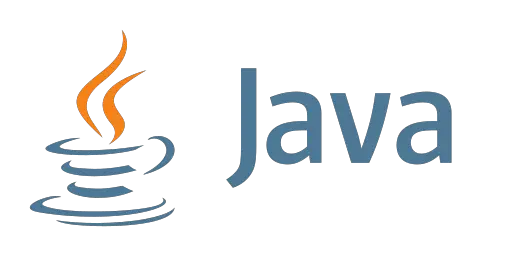
Introduction
Java is a veteran in the field of backend development, known for its portability, reliability, and scalability. It’s a class-based, object-oriented language designed to have as few implementation dependencies as possible.
Key Features
- Platform Independence: Write once, run anywhere due to the Java Virtual Machine (JVM).
- Robustness: Strong memory management and exception handling features.
- Multithreading: Built-in support for multithreaded programming.
Advantages
- High Performance: Compiled to bytecode, making it efficient to execute.
- Security: Offers extensive security features.
- Large Ecosystem: Rich set of libraries, frameworks (like Spring), and tools.
Projects
- Amazon: Utilizes Java for various backend services.
- eBay: Handles a large amount of transaction data using Java.
- LinkedIn: Uses Java for some of its backend services.
Python
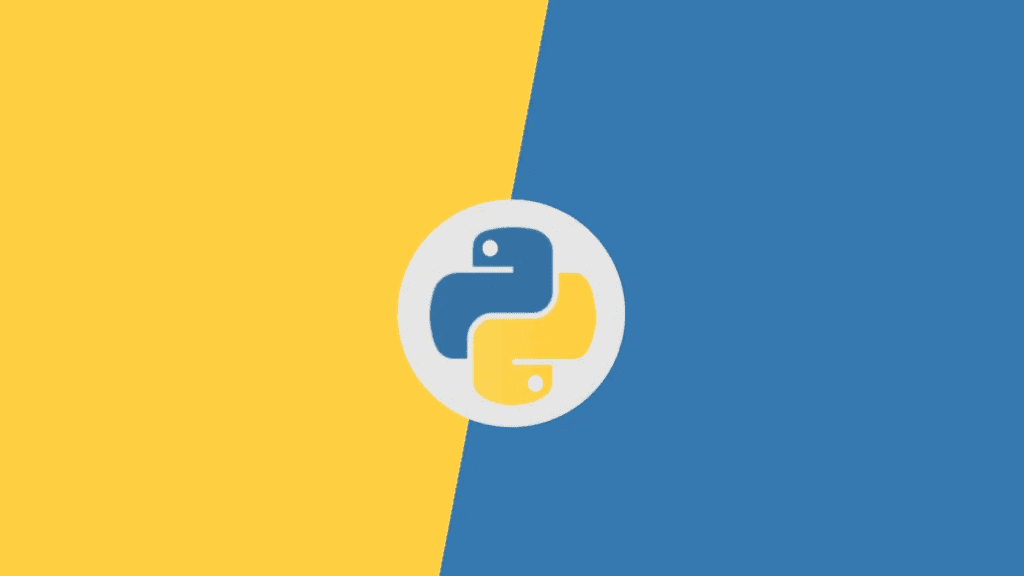
Introduction
Python is renowned for its simplicity and readability, making it an excellent choice for both beginners and experienced developers. Its versatility and extensive library support have made it a popular choice for backend development.
Key Features
- Readable and Maintainable Code: Simple syntax promotes clarity and reduces the cost of maintenance.
- Extensive Libraries and Frameworks: Such as Django and Flask, which simplify backend development.
- Dynamic Typing: Flexibility in writing code without specifying variable types.
Advantages
- Ease of Learning: Simple syntax and readability make it easy to learn.
- Productivity: Faster development cycles due to concise code.
- Versatility: Used in web development, data science, automation, and more.
Projects
- Instagram: Built using Django, a Python web framework.
- Spotify: Uses Python for backend services and data analysis.
- Dropbox: Migrated to Python for its server-side logic.
Pros and Cons of Python Programming Language
PHP
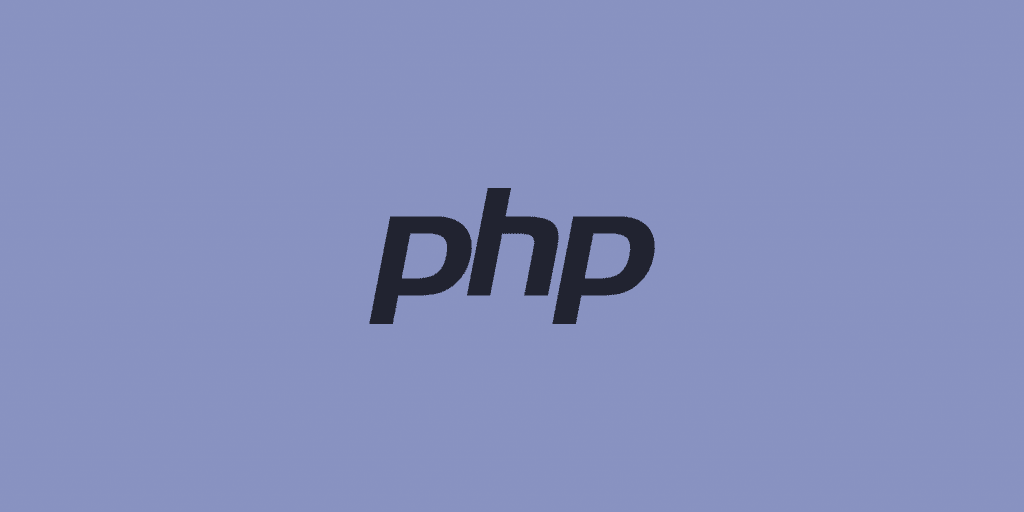
Introduction
PHP is a widely-used open-source scripting language specifically suited for web development. It’s embedded within HTML and is particularly popular for server-side scripting. PHP stands as a cornerstone in the realm of scripting languages, renowned for its adaptability and effectiveness in crafting dynamic web experiences.
Key Features
- Simplicity: Easy to learn and deploy.
- Embeddable: Can be embedded directly into HTML.
- Large Community: Extensive support and resources available.
Advantages
- Cost-Effective: Open-source and free to use.
- Wide Adoption: Powers a significant portion of the web, including WordPress.
- Flexibility: Supports various databases and is OS-independent.
Projects
- Facebook: Initially built on PHP and still uses it for parts of its infrastructure.
- Wikipedia: Relies on PHP for its backend.
- WordPress: The backbone of the WordPress content management system.
Golang (Go)
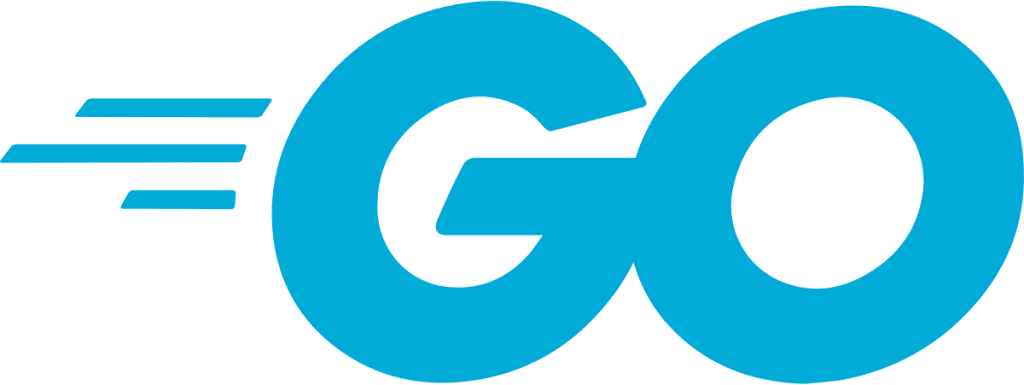
Introduction
Golang, or Go, is a statically-typed, compiled language designed by Google. It’s known for its simplicity, efficiency, and performance, making it ideal for backend development.
Key Features
- Concurrency: Built-in support for concurrent programming with goroutines.
- Performance: Compiled to machine code, resulting in high performance.
- Simplicity: Simple syntax and structure, easy to learn.
Advantages
- Efficient Execution: Fast compilation and execution.
- Scalability: Excellent for handling concurrent processes.
- Strong Standard Library: Comprehensive libraries for various tasks.
Projects
- Docker: Containerization platform written in Go.
- Kubernetes: Orchestration platform for containerized applications.
- Uber: Uses Go for parts of its microservices architecture.
Ruby
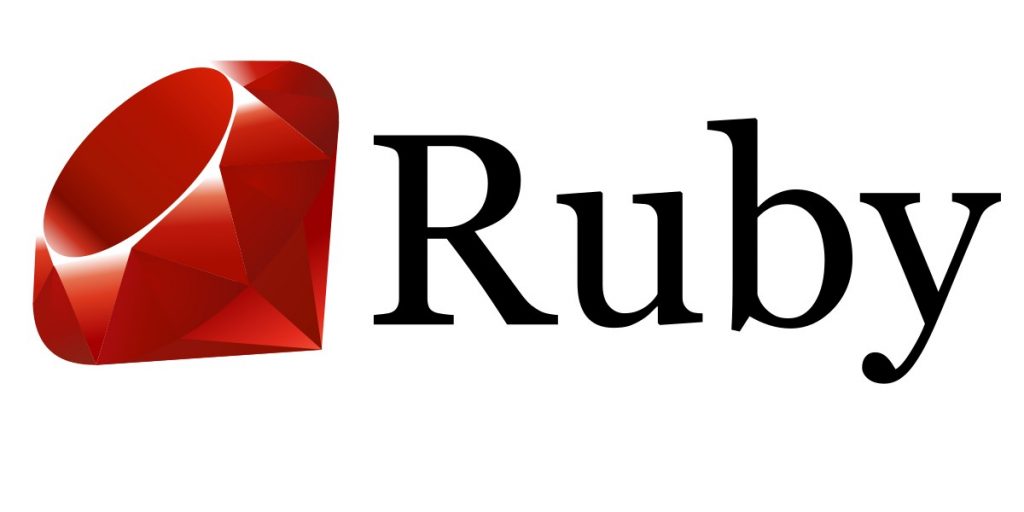
Introduction
Ruby is an object-oriented scripting language known for its simplicity and productivity. The Ruby on Rails framework has popularized Ruby for backend development.
Key Features
- Convention over Configuration: Rails uses sensible defaults, reducing configuration.
- Metaprogramming: Allows writing code that writes code, increasing flexibility.
- Active Community: Vibrant community contributing to a rich ecosystem.
Advantages
- Productivity: Fast development cycles with Rails.
- Simplicity: Clean and readable syntax.
- Strong Ecosystem: Extensive libraries and plugins.
Projects
- GitHub: Initially built on Ruby on Rails.
- Airbnb: Utilizes Ruby for parts of its backend.
- Shopify: E-commerce platform powered by Ruby on Rails.
C#
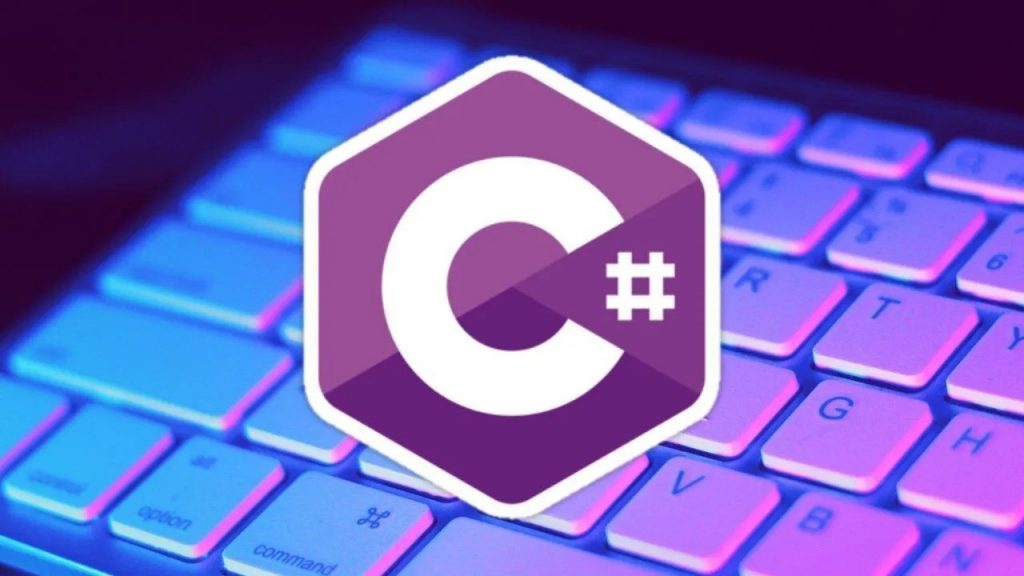
Introduction
C# is a language developed by Microsoft as part of the .NET framework. It’s particularly strong in building enterprise-level applications and is widely used in Windows environments.
Key Features
- Object-Oriented: Encourages modular and reusable code.
- Strong Integration with .NET: Access to a wide range of libraries and tools.
- Cross-Platform: With .NET Core, C# is now cross-platform.
Advantages
- Performance: Compiled language with good performance characteristics.
- Scalability: Suitable for large, scalable applications.
- Tooling: Excellent development tools and IDEs like Visual Studio.
Projects
- Stack Overflow: Uses C# and .NET for its Q&A platform.
- Microsoft Products: Widely used in various Microsoft services and applications.
- Intuit: Financial software leveraging C# for backend services.
Rust
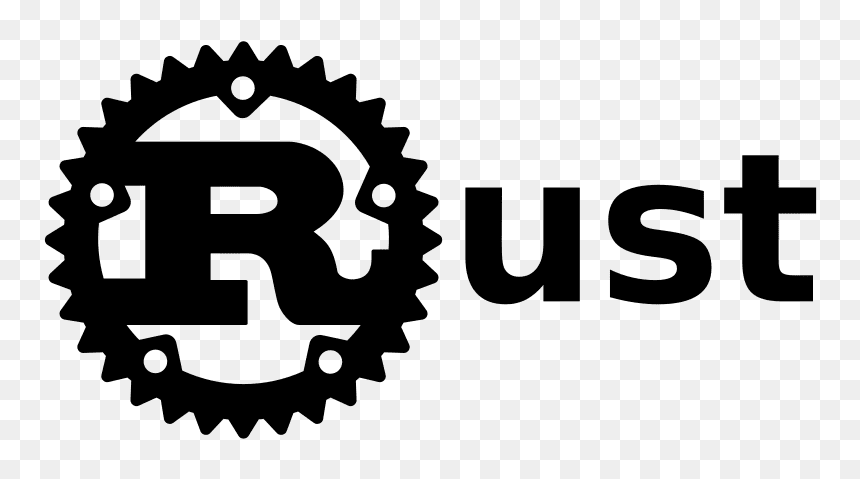
Introduction
Rust is a systems programming language focused on safety and performance. It’s designed to ensure memory safety without sacrificing performance, making it suitable for critical backend services.
Key Features
- Memory Safety: Guarantees safety through its ownership system.
- High Performance: Comparable to C and C++, suitable for performance-critical tasks.
- Concurrency: Strong support for concurrent programming.
Advantages
- Safety: Minimizes common bugs related to memory management.
- Performance: Efficient execution with minimal runtime overhead.
- Growing Community: Increasing adoption and support.
Projects
- Dropbox: Uses Rust for performance-critical components.
- Coursera: Leverages Rust for some backend services.
- Discord: Utilizes Rust for its chat service.
Backend Languages Comparison
| Language | Key Features | Advantages | Notable Projects |
|---|---|---|---|
| JavaScript | Event-driven, single language for full stack | High performance, scalability | LinkedIn, Netflix, PayPal |
| Java | Platform-independent, robust, multithreading | High performance, security | Amazon, eBay, LinkedIn |
| Python | Readable code, extensive libraries, dynamic typing | Ease of learning, productivity | Instagram, Spotify, Dropbox |
| PHP | Simple, embeddable, large community | Cost-effective, wide adoption | Facebook, Wikipedia, WordPress |
| Golang | Concurrency, performance, simplicity | Efficient execution, scalability | Docker, Kubernetes, Uber |
| Ruby | Convention over configuration, metaprogramming | Productivity, simplicity | GitHub, Airbnb, Shopify |
| C# | Object-oriented, strong .NET integration, cross-platform | Performance, scalability, tooling | Stack Overflow, Microsoft, Intuit |
| Rust | Memory safety, high performance, concurrency | Safety, performance | Dropbox, Coursera, Discord |
Conclusion
Choosing the best backend coding language is pivotal for the success of any web application. Each language offers unique features and advantages that cater to different needs and project requirements. From the high performance of Java and Golang to the simplicity and productivity of Python and Ruby, the choice depends on specific criteria such as performance, scalability, community support, and ease of use. Understanding these factors will guide developers in selecting the most appropriate language for their backend development projects, ensuring efficient, secure, and scalable applications.




